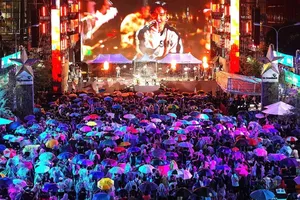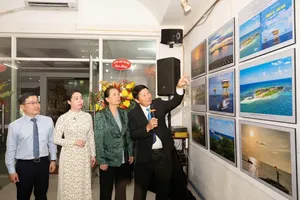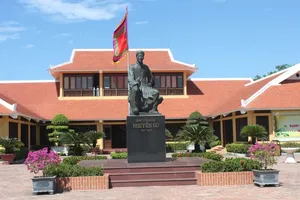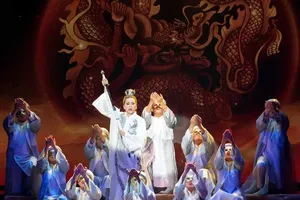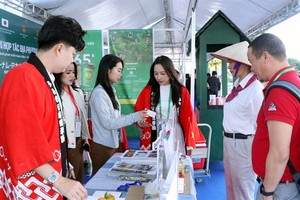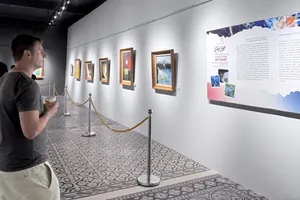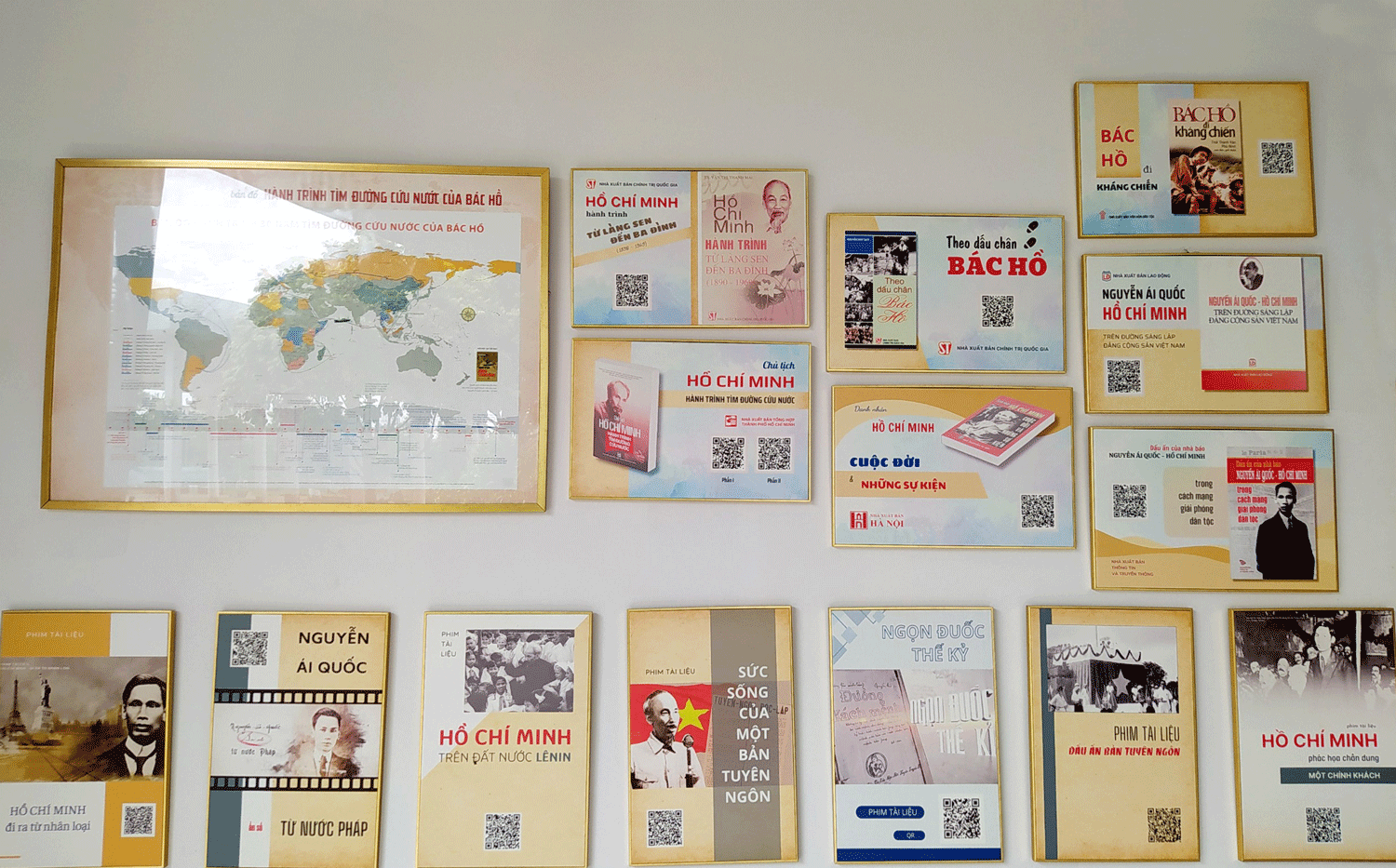
At first glance, the Ho Chi Minh Cultural Space at the Ho Chi Minh City Cadre Academy is similar to many other places with a statue of Uncle Ho placed in the central lobby area along with many pictures, paintings, and documentary books about Uncle Ho and his teachings.
However, the highlight of the place is that most of the materials displayed in the space have QR codes. Therefore, visitors to this place can scan codes to read books, watch documentaries or even download documents to study and research completely free of charge. Diversities of books in the place include Ho Chi Minh's journey from Sen village to Ba Dinh, Following in Uncle Ho's footsteps, Nguyen Ai Quoc - Ho Chi Minh on the path of the Communist Party plus documentaries such as Ho Chi Minh in the land of Lenin, Vitality of a manifesto, Torch of the century, Ho Chi Minh - portrait of a politician guest.
A representative of the Ho Chi Minh City Cadre Academy said that QR codes attached to the books aim to create conditions and maximize the opening of the Ho Chi Minh Cultural Space so that everyone can access it easily.
Instead of having to stand on the spot to find out information, through QR codes, visitors can flexibly choose to read books or watch documentaries, and can even take a photo of the code and send it to friends to access from anywhere. This approach also aims to increase visitors’ experience and draw people’s attraction compared to the traditional way as before. At the same time, it meets the powerful digital transformation trend in Ho Chi Minh City.
Moreover, during the four-day journey to Northwestern provinces organized by the Propaganda and Education Board of the Ho Chi Minh City Party Committee, at most relic sites, there were always signs printed with QR codes so visitors could scan and find out more information in addition to tour guides.
At the 52nd Tay Tien Regiment relic site at Na Bo hill in Moc Chau town in Son La Province’s Moc Chau district, a person scanned the QR code, they saw a link displaying basic information and images of the relic site. At the special national monument of Son La prison at Khau Ca Hill in Son La City, after scanning the QR code, visitors seemed to enter the vivid world of a virtual tour to have a unique panoramic view. In addition to the introductory video with narration and basic information, there are also images of different areas of the monument with a 360-degree display to create a realistic feeling.
At present, QR codes have existed in every corner of life. Compared to traditional barcodes, QR codes are more convenient because they can provide more information, bringing viewers to the necessary links to access images, sounds and videos. With Internet-enabled mobile phonesthe whole world seems to be compressed into one compact code.
For cultural spaces or historical relics, QR codes need to be widely applied to increase multi-dimensional experiences for visitors. When people are viewed, listened to, read and downloaded at the same time, providing detailed, complete, and vivid information without taking up too much space or actual area. At the same time, information can be continuously edited, updated, and supplemented easily. QR code application also brings proactive access to information, instead of having to depend on guides and narrators.
With the available technology platform, how to build an impressive and attractive archive of documents behind each QR code also needs to be thoroughly considered to create more pervasive and effective effects; Otherwise, the presence of QR codes just becomes a waste or a formality.

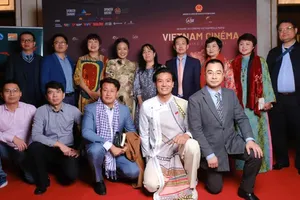




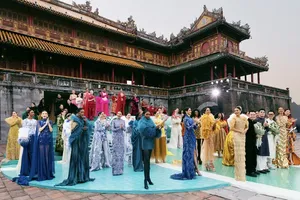

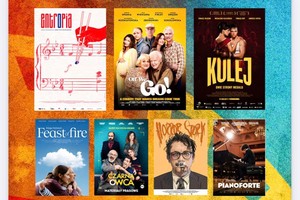
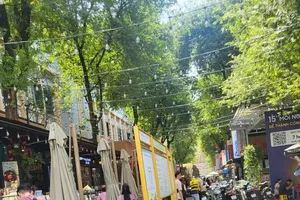

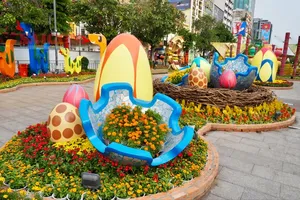
)

